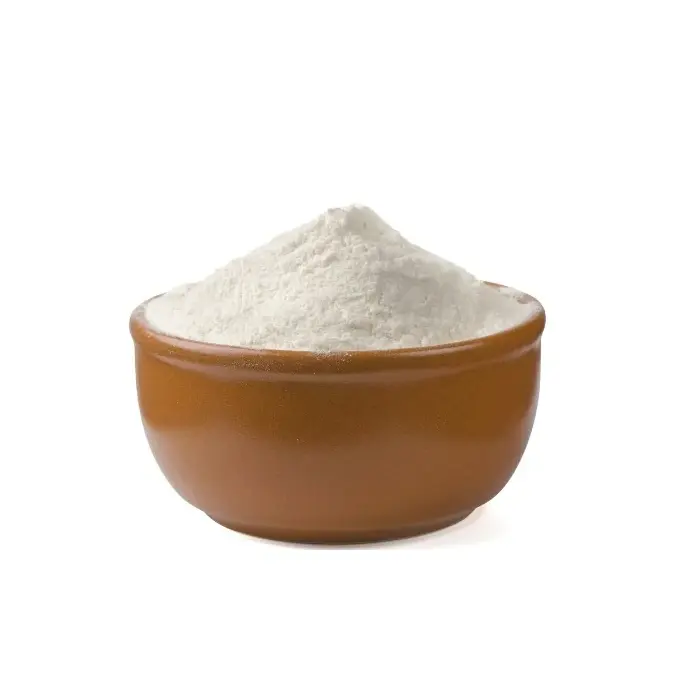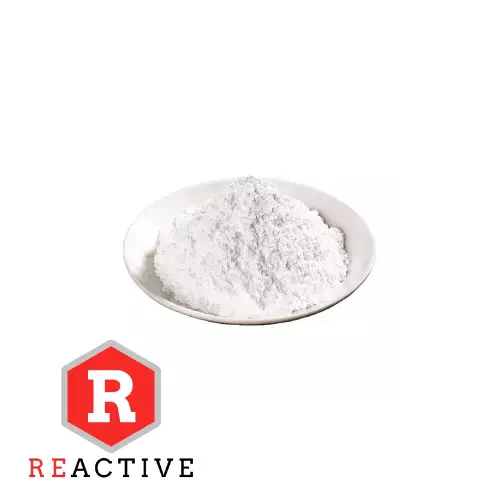Magnesium oxide is generally divided into high-purity magnesium oxide and active magnesium oxide. Different models of magnesium oxide have different uses. Let’s take a look at the differences between high-purity magnesium oxide and active magnesium oxide.
High-purity magnesium oxide generally refers to content greater than 98%. Under high-temperature conditions, high-purity magnesium oxide has good electrical insulation and alkali resistance, and also has very good light transmittance. It is often used in heat-resistant materials and The raw material of fused magnesia can also be used as a chemical reagent, also called analytically pure magnesium oxide; it is a good filler in insulating materials; it is often used as a ceramic substrate in ceramics. High-purity magnesium oxide has a wide range of uses and its advantages are very obvious. Compared with alumina, the thermal conductivity of high-purity magnesium oxide when used for ceramic substrates is more than twice as high, and the loss of electrolyte is only one-tenth of alumina.
Reactive magnesium oxide refers to the ability of magnesium oxide to participate in physical or chemical processes. It is essentially the unsaturation of the valence bonds on the crystal surface. The defects and distortion of the crystal lattice aggravate the unsaturation of the valence bonds. The difference in activity mainly depends on Factors such as the size of the magnesium oxide crystals and the incomplete structure. In some high-end products, it is necessary to add high-purity magnesium oxide with low impurity content. If the reaction speed needs to be increased, reactive magnesium oxide needs to be added. In general, the reaction of reactive magnesium oxide is relatively fast.
Reactive magnesium oxide is also widely used. Reactive magnesium oxide is an excellent inorganic material. According to the activity of magnesium oxide, its uses are also different. Reactive magnesium oxide can be divided into low activity, high activity and high activity according to the iodine absorption value. Active magnesium oxide. Low-activity magnesium oxide is mostly used in flue gas desulfurization, acidic wastewater treatment, etc.; medium-activity magnesium is mostly used in chloroprene; high-activity magnesium is mainly used in medical butyl rubber bottle stoppers. In addition, low-active magnesium oxide is mainly produced by calcining magnesite, while active magnesium oxide with an iodine absorption value of more than 120 mgl/g usually needs to be produced through special processes.


